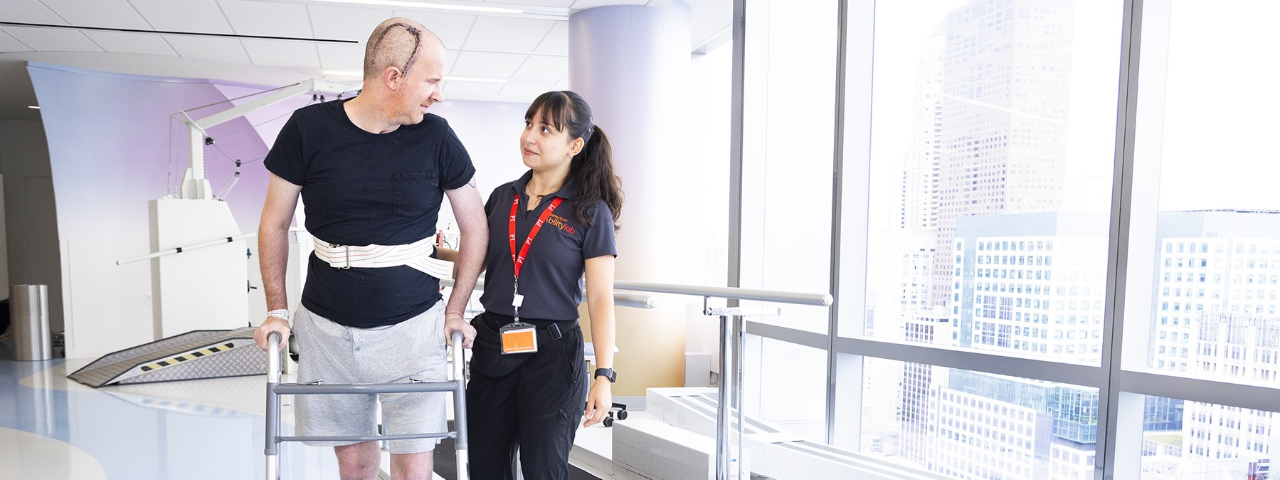Body
Between 1967 and 1970, neurologist and Korean War veteran William Caveness started an unusual collection. He gathered information on roughly 2,000 Vietnam War soldiers who suffered traumatic brain injuries during combat, recognizing that their tragic accidents could serve another purpose—studying the long-term effects of such injuries on the brain.
As a dataset, the soldiers were unique. They had undergone neurophysical and intelligence testing before enlisting, offering the rare opportunity to compare cognitive ability before and after injury. The Vietnam war was the first widespread use of helicopter evacuations, and the soldiers were treated quickly by nearby neurosurgical teams. This meant they actually survived their injuries, unlike many in past military conflicts. Due to lower-velocity shrapnel wounds, the parts of their brains that were damaged were hyper-localized. These conditions created a group of diverse and stable men, with very specific brain lesions, all willing to be studied.
Jordan Grafman, director of brain injury research at the Shirley Ryan AbilityLab, called them "the gift that keeps on giving." He's been working with the data from the Vietnam Head Injury Study for years, publishing papers on the neural basis of problem solving, the connection between aggression and brain damage, caregiver behavior and mental decline, and other topics in the slippery realm of neuropsychology.
Body
In April of this year, Grafman and his co-authors published the latest of their work that attempts to use the vets' brain lesions to explain an even more abstract phenomenon: mystical and religious experiences, and religious fundamentalism.
Since religious beliefs are uniquely a human experience, it is important to study them for clues about human evolution, both the past and the future, as well as how our brain develops new regions to perform unique computations and store unique memory representations that make us human.
Jordan Grafman, Director of Brain injury Research
Body
Subjects with brain damage have always been useful for neuroscience. Famous cases like H.M. and Phineas Gage allowed scientists to infer what parts of the brain did, based on what their subjects were lacking. Irene Cristofori, a co-author on Grafman's studies, says that most work on religion and the brain is correlational: It shows activation in certain brain regions during religious behavior or thought. But working with lesion patients can offer more. They can claim causation in their findings, that the parts of the brain they implicate have a crucial role in those powerful moments between an individual and god.
To read the read of the story, visit Vice.


